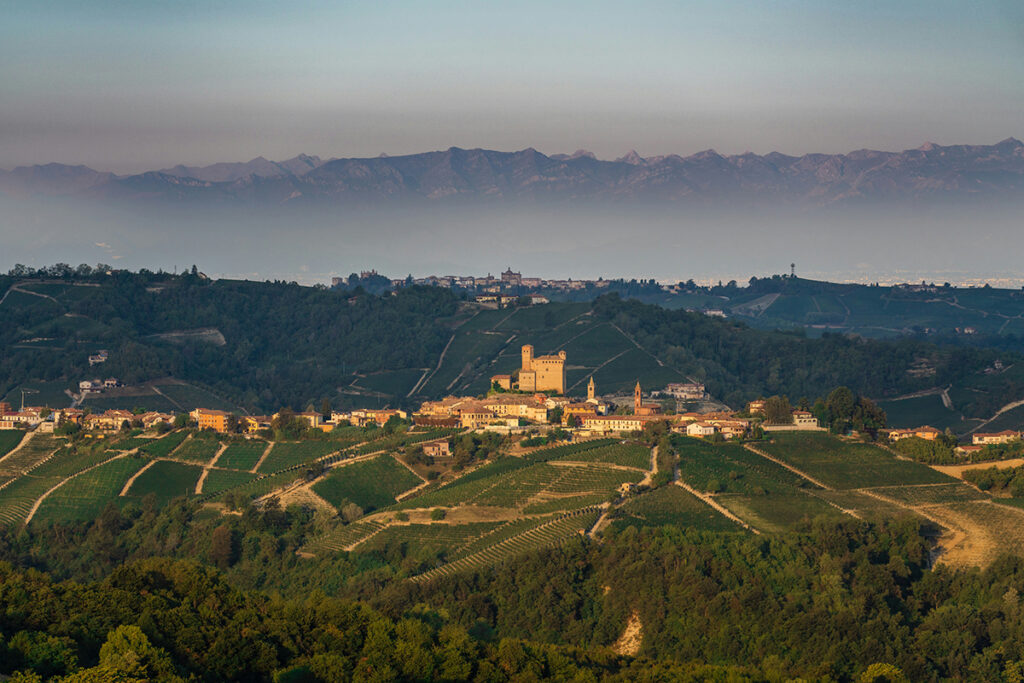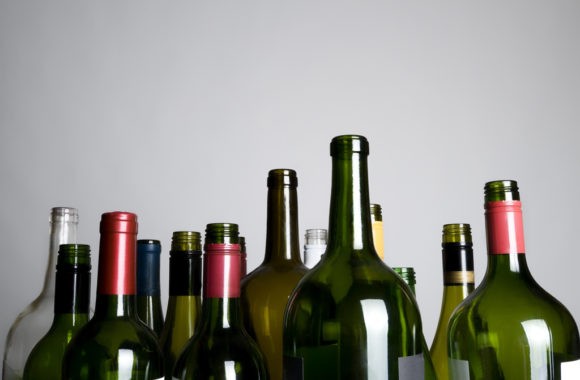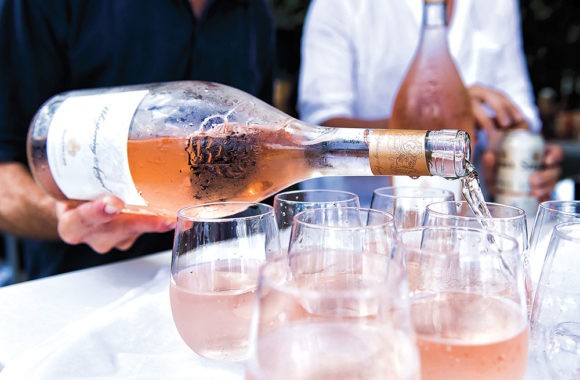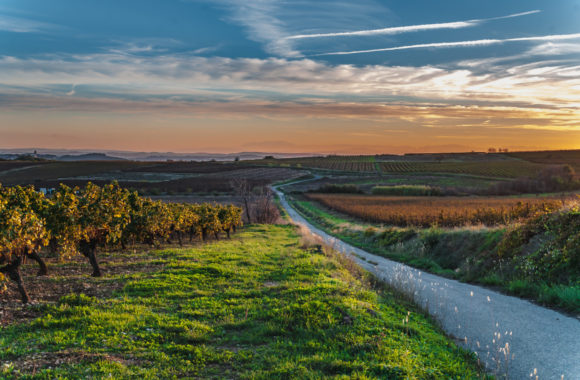
Freisa is Coming
· Alexander Turnbull Alexander Turnbull on
“Nebbiolo might be the noble grape of the Langhe, but Freisa is the naughty one”
There’s no reason you would have heard of this disease, just like no one in the 19th century had heard of Phylloxera, yet its threat is real, and grave. Spreading at an alarming rate across Europe, flavescence doree is a phytoplasma disease, meaning it accumulates in the plant’s phloem tissue and interrupts the flow of sugar from the leaves. It is transmitted by the American grapevine leafhopper, which feeds first on the infected plant and then spreads the disease by feeding on another. Affected vines usually die the same season. Chardonnay and Pinot Noir are particularly susceptible (bad news for Burgundy!) but in Piemonte it is Barbera, Arneis and Dolcetto that are the primary concern, whose genetic makeup makes them particularly vulnerable. Farming organically, which many growers in the region have been doing for centuries, only makes the vines more susceptible. Worst of all, milder winters mean the insects stay alive in the vineyards for much longer, thus increasing the possibility of infection. While preventing infection is difficult, there are some grapes that are naturally more resilient to the disease, Freisa being one of them.

Just like you won’t have heard of flavescence doree, there’s also no reason you would have ever heard of Freisa. Widely planted up until the 1960s, as the popularity of Nebbiolo, Barbera and Dolcetto grew, Freisa was unceremoniously ripped out. But that could be about to change… being naturally resistant to downy mildew and frost, and resilient to flavescence doree, it makes the perfect buffer crop. Put simply, planting a row of Freisa between vineyards will successfully stop flavescence doree from spreading. So why did Freisa fall out of favour? Unripe tannins, a tendency to ferment it fizzy (by accident due to stopped fermentation, not by design) and high malic acid meant it used to be pretty austere and hard work. One of the grape varieties to have benefitted most from global warming and championed by a small core of top growers such as Carlotta Rinaldi, Maria Teresa Mascarello, Isidoro Vajra, Luca Currado (Vietti), Luca Pasquero-Elia (Paitin) and Mirko and Federica Voerzio-Martini, Freisa today bears little resemblance to what it used to be. Modern winemaking techniques mean that vinifying Freisa has become much easier, and phenolic ripeness in the vineyard is no longer the issue it was. The results are thrilling, and this is a grape variety well worth seeking out. We have two in particular which are excellent examples, both in completely different styles.
Voerzio-Martini’s Freisa is semi-sparkling, and deep in colour. Slight reduction on the nose, and then aromas of black cherry, wild strawberry and blackcurrant leaf. The second fermentation is done in bottle, and the fizz adds a fun element to the wine which also makes it perfect as a chilled aperitif. I am always surprised at just how quickly I finish a bottle of this, it’s excellent. Made in the old-school way, but with a modern approach, it’s a wine which I always have at least a case of in the cellar. At £19.95 this is genuinely one of the most interesting red wines we sell.
Paitin’s Freisa “Bonina” is still, and almost translucent in colour with bright ruby edges. The estate only decided to make Freisa again in 2018, after more than 60 years of not vinifying one, and the results speak for themselves. Nebbiolo might be the noble grape of the Langhe, but Freisa is the naughty one, and Paitin’s example is a bundle of fun. The lifted aromatics that have become a signature of the estate are found here, but the palate is lighter, joyful, and delectably moreish. Buy this in volume, at £25.95 it’s excellent.
Mark my words – Freisa is coming…







